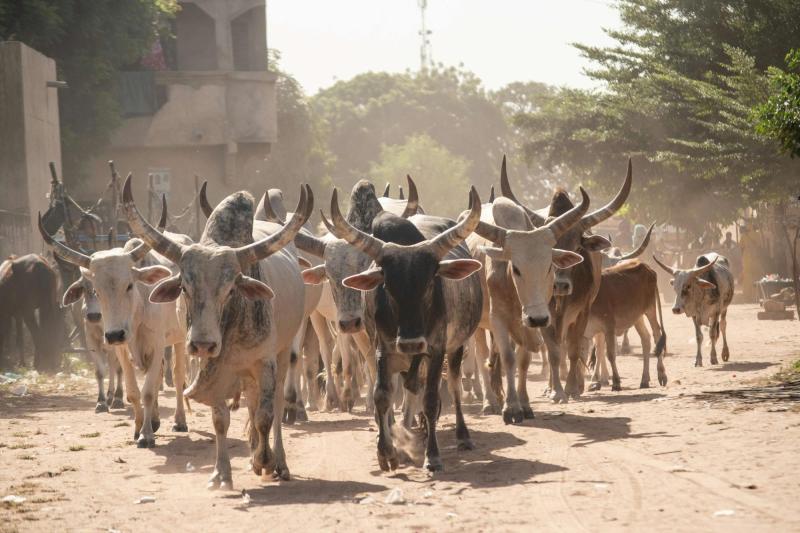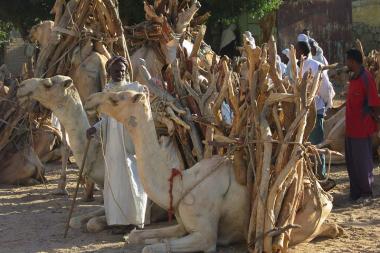Blog
Putting innovations at the heart of combatting desertification and drought
As we mark World Day to Combat Desertification and Drought, read this blog by SPARC member organisation Cowater International on the role innovation can play to tackle desertification and drought.
Publisher Cowater International

Senegal
Credit Image by Carlos Torres – Unsplash
Most of Sub-Saharan Africa is getting drier. The Horn of Africa, and in particular parts of Somalia, Djibouti, Ethiopia, and Kenya, are experiencing one of the worst drought emergencies in decades. As a result, as many as 13 million people are experiencing acute food and water shortages and a projected 25 million will face similar conditions by mid-2022 (UNEP, 2022). This is the third consecutive year of drought, and the peril of lives lost and human suffering is becoming starkly apparent as the situation rapidly deteriorates into a humanitarian crisis.
In the drylands of East and West Africa, crises undermine rural livelihoods and damage agriculture, leading to food insecurity and malnutrition. Climate change and land degradation compound desertification in Sub-Saharan Africa reducing the amount of arable land for cultivation. Current trends suggest that by 2050 more than half of the cultivated land in Africa will be unusable. This could force an estimated 17-40 million people to migrate due to loss of livelihoods.
The latest Intergovernmental Panel on Climate Change report (2021) projects that biodiversity loss, water shortages, reduced food production, and loss of lives stemming from anthropogenic climate change will become more widespread and severe. Other current global challenges, including the war in Ukraine and the risks of a global recession, are diverting policy and public attention from the devastating impacts of climate change on the most vulnerable communities of Africa.
Read the full article here.
